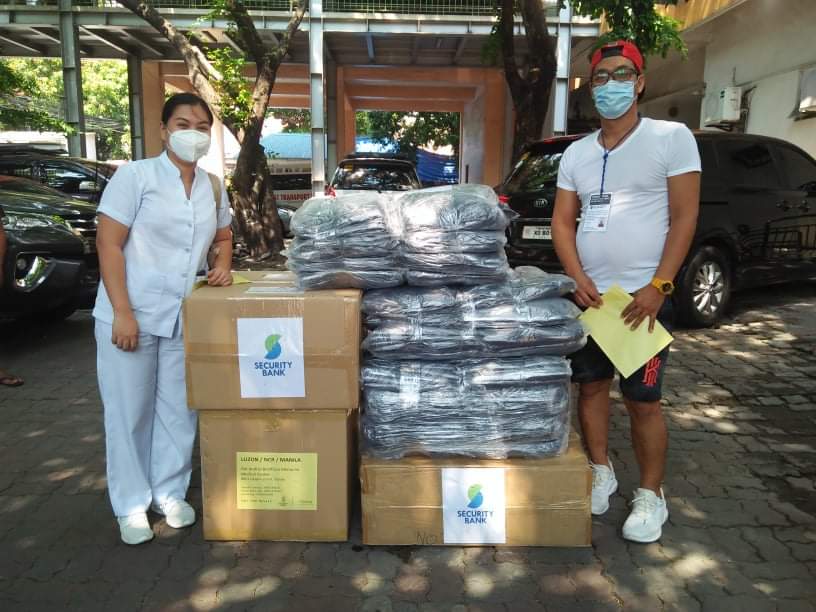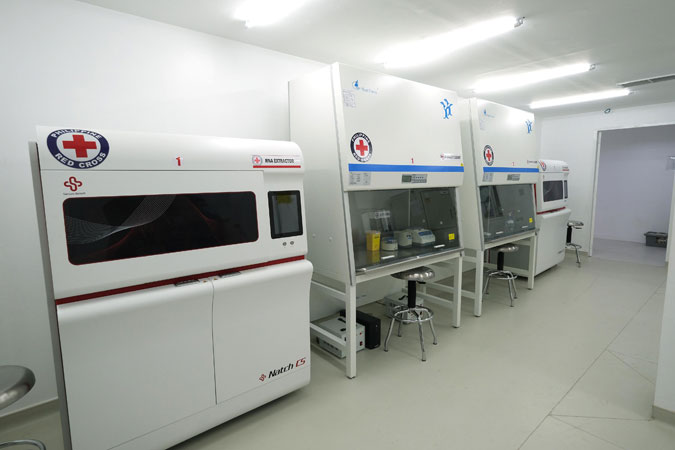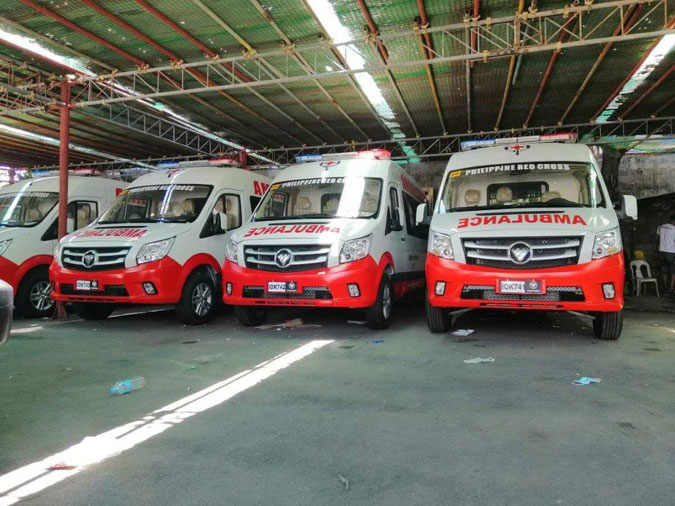Getting in the mood
WHILE karaoke music invites participation, even enthusiasm, mood tunes are expected to be left alone. Mood music plays in dental offices, restaurants, pubs, and malls. It used to be played in full elevators, like Muzak. It’s pleasant background static, as unobtrusive as wallpaper, to put you in a temporary emotional state, usually pleasant. You can have a quiet conversation while the background sound is playing — how could you forget where you parked the car? Of course, there are pubs (we may enjoy them again someday) with live bands to amp the mood to frenzy and the stomping of feet to “YMCA.”
The accompanying sound that sets the mood in a place may not even be music. The spas, temporarily displaced by social distancing (will there be masked masseuses?), used to feature sound effects like a breeze going through a bamboo grove, chirping cicadas, croaking frogs, or even mating calls of sperm whales splashing along the ocean. Not sure what emotions whales can conjure.
Moods determine the quality of a conversation, discussion, or even prepared speeches that a particular emotional state, like hysteria, can derail into an off-script rant — later featured as unbelievable headlines. (Did he just threaten the bishops?)
It’s not clear what triggers a particular mood. It’s not just background music. Stress over unpaid bills, loss of a job, or even the success of other countries in combating a pandemic can put one in a foul mood. The vaccines are coming.
Should there be a job like “mood reader”? One does not need to take up psychology to be able to read moods. There are benefits to having this ability akin to weather forecasting — scattered showers, strong winds, and thunderstorms in the evening. And the position does not have to be full time or even separately compensated, say, if one’s day job is senator.
Identifying a mood is a basic survival skill for favor-seekers. It’s not necessarily only a secretary or executive assistant that can read the mood of her boss — is he humming “Nessun dorma” this morning? Or shouting The Rolling Stones hit “Satisfaction”? The mood, known beforehand, makes the difference between being blessed with loaves and fishes, or cast out among those weeping and gnashing their teeth.
A person, not prone to mood swings, is described as steady and reliable. His decision-making is consistent. He is expected to raise a predictable set of questions when a decision is sought. His priorities are transparent. He has no hidden agenda. This steady mood of willingness to listen allows subordinates and business partners to present their case with certain data and lay out their analysis and recommendations. There is no fear of triggering a tantrum. Such clarity of rules and criteria, and how these are applied, makes this leader prized.
What about moody leaders? Those prone to mood swings, now deliriously happy, tomorrow depressed and grouchy. Isn’t this bipolar personality bound to be at least inconsistent?
Even friends are temporary and often situational. No one is safe from a diatribe waiting to be unleashed. It is the situation and the mood that attract a particular group of whisperers, usually with axes to grind. Messages tend to be disjointed and follow the swing of the mood that goes with them.
Moods are emotional. They drive behavior, like the purchasing decision and where to dine-in when it’s allowed again. (Do you feel like sushi?)
The economy too is driven by moods.
Staying on the sidelines and sitting on cash (hail to the king) rather than investing this in stocks, bonds, properties, or art is the prevailing mood nowadays. It orders our mind to stay in survival mode and we behave like squirrels gathering the nuts for the time we want to be… well, nutty.
How do we change this mood of fear for the future? Is it a temporary emotional state?
What we shouldn’t do is scare ourselves with doomsday scenarios (the vaccines are all unsafe), fake news, and conspiracy theories. What they shouldn’t do is sic the dogs on moody comments.
Like mood music that influences our emotions subliminally, a new background noise should play in our mind. If our economy was already able to accomplish 21 consecutive quarters of positive growth, surely we can do a reprise after just two bad ones. Does that thought get you in the mood?
Tony Samson is Chairman and CEO, TOUCH xda





 Three negative pressure ambulances, worth PHP 11.4 million, were provided to help transport suspected COVID-19 patients from their homes to COVID-19 healthcare facilities. Equipped with tools that lower air pressure and disinfect and filter the air, this type of ambulance protects patients and paramedics from cross-contamination.
Three negative pressure ambulances, worth PHP 11.4 million, were provided to help transport suspected COVID-19 patients from their homes to COVID-19 healthcare facilities. Equipped with tools that lower air pressure and disinfect and filter the air, this type of ambulance protects patients and paramedics from cross-contamination.